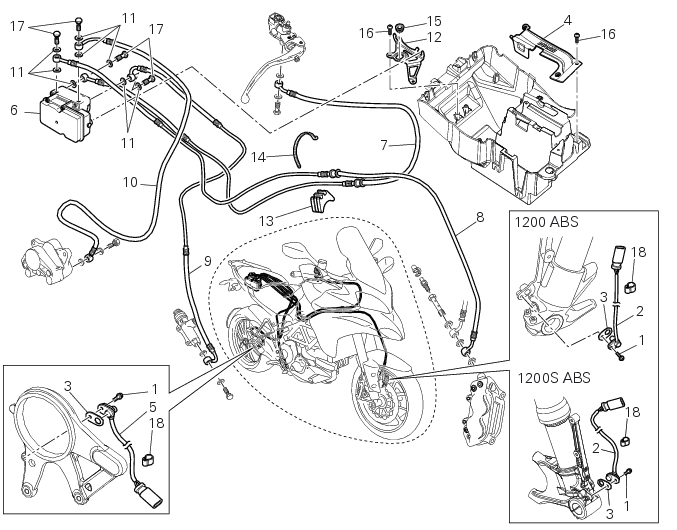
|
1
|
|
4
|
|
12
|
|
13
|
|
14
|
|
16
|
|
18
|